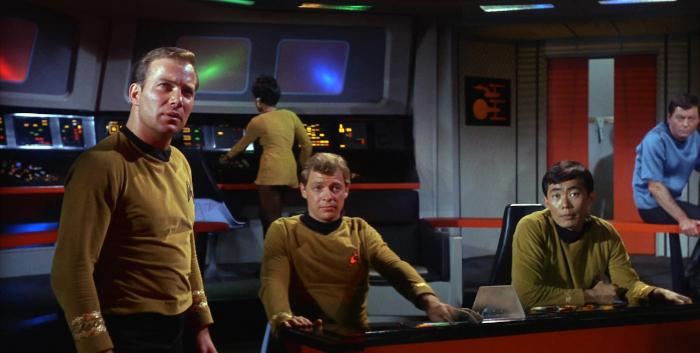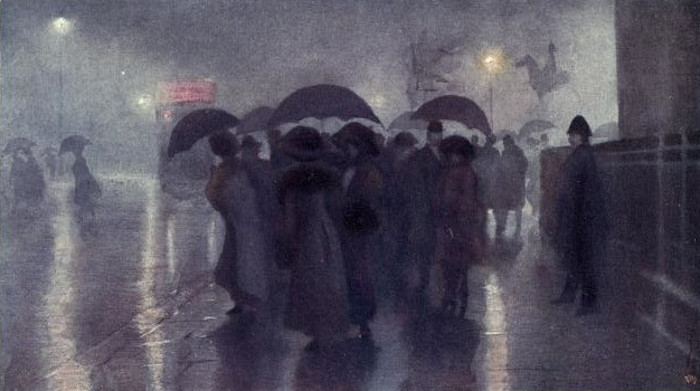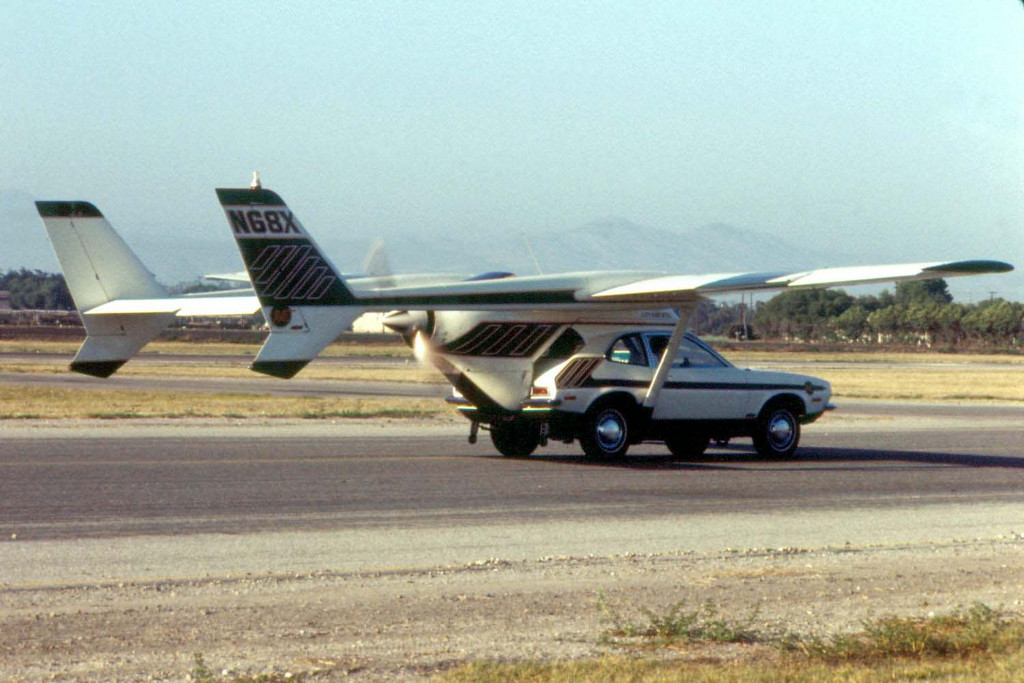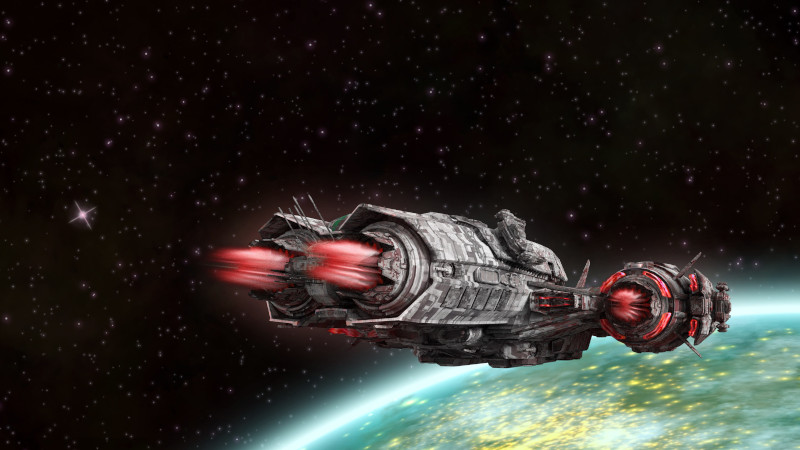
The original Star Trek was presented in the rather boxy aspect ratio of 1960s television. Now San Francisco illustrator Nick Acosta has stitched together screenshots to see how it would have appeared in a widescreen format:
I created this project of what the show would have looked like in Cinerama widescreen. As a kid the show always felt bigger and more epic than it appears to me as an adult. I was able to create these shots by waiting for the camera to pan and then I stitched the separate shots together. The result is pretty epic. It reminds me of the classic science fiction movies of the 50’s and 60’s. Suddenly the show has a ‘Forbidden Planet’ vibe. Other shots remind me of how director Robert Wise would use a camera technique to keep the foreground and background elements in focus.







